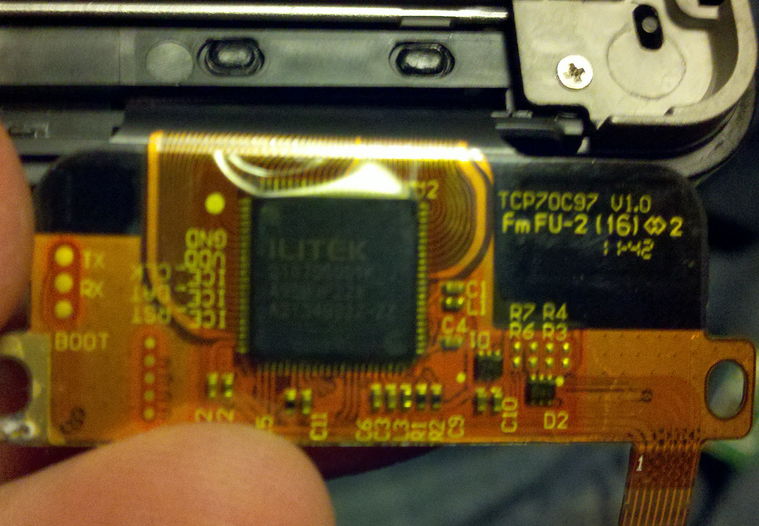Risk Factors for Flexible Printed Circuit Boards
When PCBs are designed, the intention is to ensure they are robust and able to function effectively over the long term. However, PCBs can be damaged, and engineers need to be aware, and set risk management plans in place to avoid the risk of damage to PCB.
There are two factors that can lead to damaged PCBs. These are environmental factors, and problems that can develop during the design and production stages of flexible PCB manufacture. There are several environmental factors that can damage PCBs.
Moisture and humidity
In either form, moisture or humidity (which may condense to form moisture) can render a PCB non-functional. While an entire final product (e.g. a cell phone or television) may be able to survive a little amount of moisture, the individual PCB within these units will short out in the presence of moisture if the water crosses two channels on the PCB. While the active presence of moisture will cause this problem, similar issues may arise if the PCB is operating in damp conditions. In such circumstances, mold may form and lead to circuit failure.
Static Electricity
Small charges from static electricity can reach the boards in a variety of situations. If a static charge affects the board while it is in use, the risk is increased. PCBs need to be positioned in a location that is free from any source of static charge such as fabric or carpet.
Fumes
Liquid chemicals such as cleaning solutions may give off fumes. If the PCB is operating in close proximity to the fumes, they can build up on the unit and slowly corrode the linkages.
Temperature Extremes
Both cold and heat can have negative effects on PCBs. As noted under ‘moisture’, dampness can lead to boards shorting. Humidity is a relative entity. At higher temperatures, the air can hold more moisture than it can at cold temperatures. If the environment where the PCB is operating cools to the point that the air can’t hold the moisture, condensation will occur and as a result, shorting may also occur. Heat is as much of an issue as cold. Heat can lead to the board warping, which may break the linkages and cause the PCB to malfunction.
Dust
Dust is present in most environments, and can cause two issues for PCBs. The first concern is that the dust may insulate the board, reducing the ability for heat from the board to dissipate. Dust can damage devices such as computers and televisions. The second way that some dust can cause damage is that it can be a medium for static charge.
Manufacturing Errors can also damage PCBs.
Every PCB design is different. By nature, each design has to be different, as they are all designed to meet different needs. While engineers will follow regular guidelines in designing their boards, and test the boards at various stages to ensure functionality, there is a risk of human error.
In addition to the risk of human error, there are inevitable risks in manufacturing. The manufacture of boards is complex, and there are several opportunities for defects to be included in the manufacturing process. An example could be if two metal traces aren’t appropriately insulated, a high voltage may lead to arcing which will destroy the circuit.


